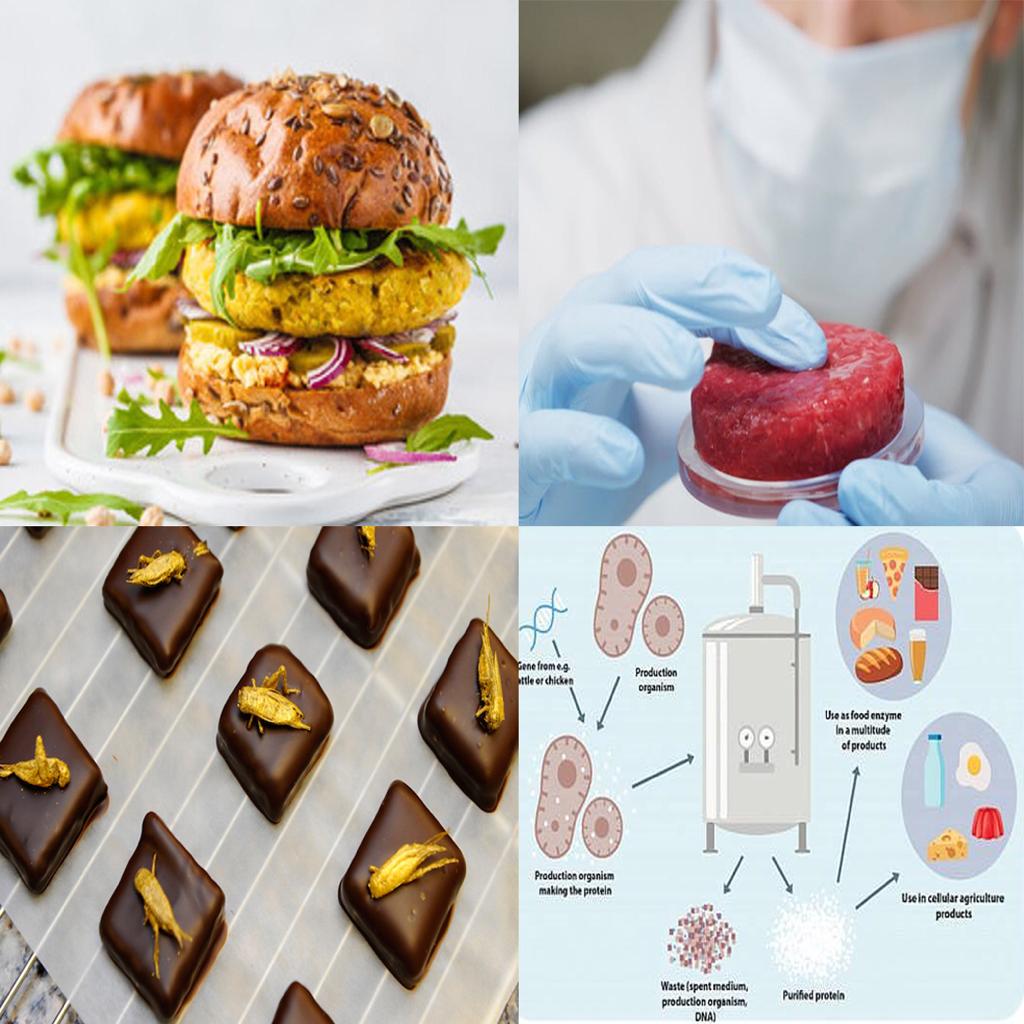It’s the year 2011 and the world is fretting over possibly running out of food, and more precisely, meat.
The reason I am saying that is because “meat of the future” was a science project topic my classmates and I worked on back in elementary school—in 2011.
Some people say that there actually is enough food on the planet for every living organism and that there will never be a shortage of food, while others say that even if the latter were true, the distribution among populations will still evidently be disproportional.
So, how could the world respond to potential food unavailability in the future?
A- Lab-Grown Foods
A very relevant solution, that is receiving millions in funding, is lab-grown foods. Start-ups like Mosa Meat, Memphis Meats, SuperMeat, and Finless Foods are developing lab-grown beef, pork, poultry, and even seafood.
It can be hard to grasp the idea that something found so naturally in animals can be recreated in a lab. What is this sorcery?
Put simply, the process works as follows:
- Muscle tissue samples* are collected from the animal.
- Muscle stem cells (cells that are unspecialized and are able to develop into different cell types) are broken down either mechanically or chemically.
- Myoblasts (precursors of muscle cells) are cultivated in an appropriate support medium.
- Muscle fibers form and are processed into meat.
*Tissue samples can be taken directly from the animal by using local anesthesia, from cell banks, or from pieces of fresh meat.
Generally speaking, the advantages of such “technology” include the elimination of unethical animal treatment, reduction of adverse environmental expenses, and the use of resources to sustain and preserve cultured cells instead of whole organisms. Moreover, these foods are considered “clean” because harmful microorganisms can be eliminated entirely from the production facilities. Add to that the comforting reality that the use of antibiotics can be abolished.
Furthermore, the startup Mosa Meat declares that one tissue sample from a cow can yield enough muscle tissue to make 80,000 quarter-pounders. To better put that into perspective, a quarter-pounder is the beef patty found in McDonald’s burgers. Therefore, 80,000 quarter-pounders are equivalent to roughly 9 tons of muscle tissue! Wow!
B-Plant-Based Food
Unfortunately, the lab-grown food innovation will not be an option for our fellow vegan friends, as the starter cells needed to grow the meat in the lab are taken from the animal. However, the plant-based diet that vegans choose to follow is also an alternative for the future. The plant-based meat substitutes market is expected to show an annual growth reaching 6.5 billion dollars in 2023, and the global dairy alternatives market is projected to reach 37.5 billion dollars by 2025! Additionally, a lot of news and studies report plant-based diets as good, not only for human health, but also for the Earth’s health!
C-Insects
I am aware this is not the greatest information you wanted to learn about in this article. I mean, insects?!
Well, they are a great source of protein, provide more iron than beef, and consuming them lowers the risk of passing infections to people.
D-Foods “from Microorganisms”
Desired genes from cattle or chicken can be transferred to microorganisms such as fungi, bacteria, yeast, and microalgae that will then make the protein. These microorganisms will then be placed in a bioreactor, a machine in which a biological reaction or process is carried out, notably at an industrial scale. This will allow the elimination of waste and the collection of the protein in the form of purified powder that can then be used in various food products.
In conclusion, whether or not the world will actually be short on food in 30 years, this claim leaves space for some questions: if there will be no meats in the future, who will benefit from and have access to lab-grown foods and alternative foods? If we all switch to a plant-based diet, how will the resources be handled? What I am trying to say is, what could our next step be to tackle food insecurity?
